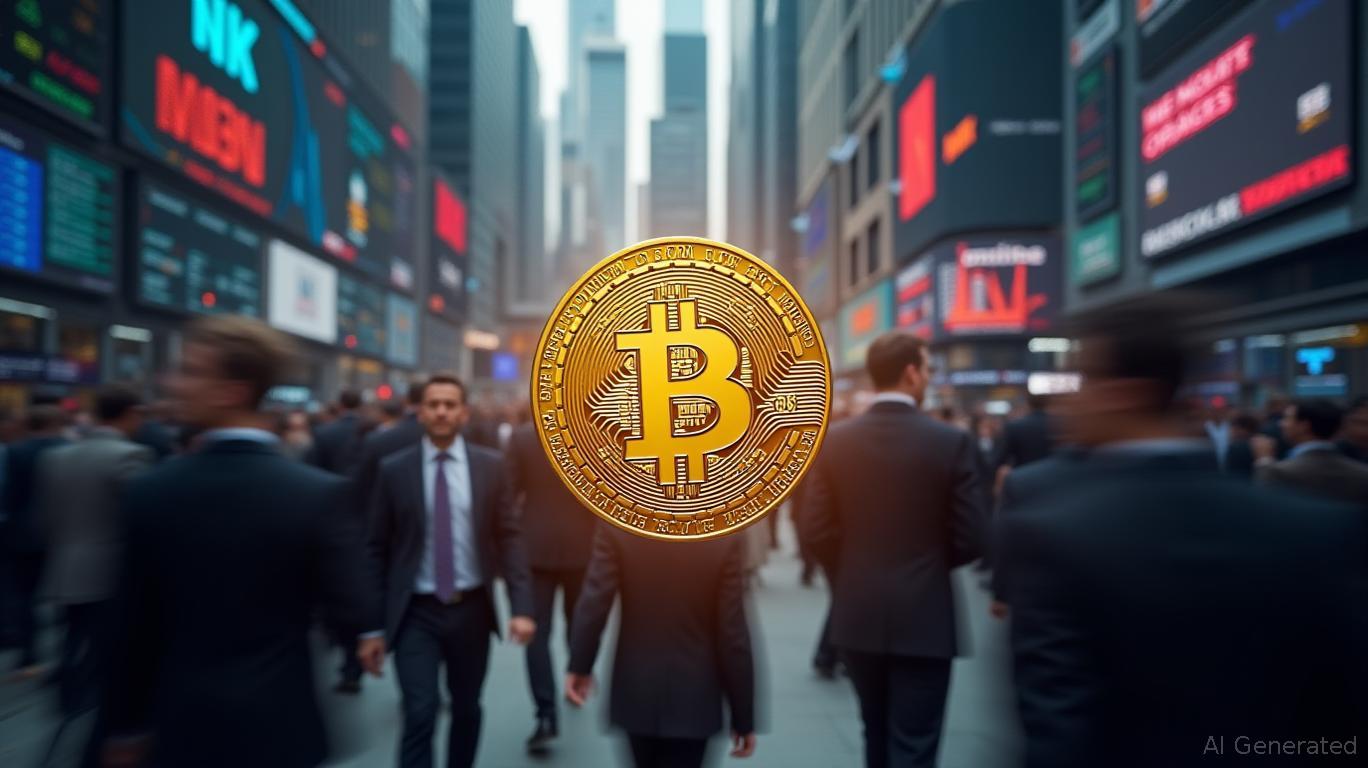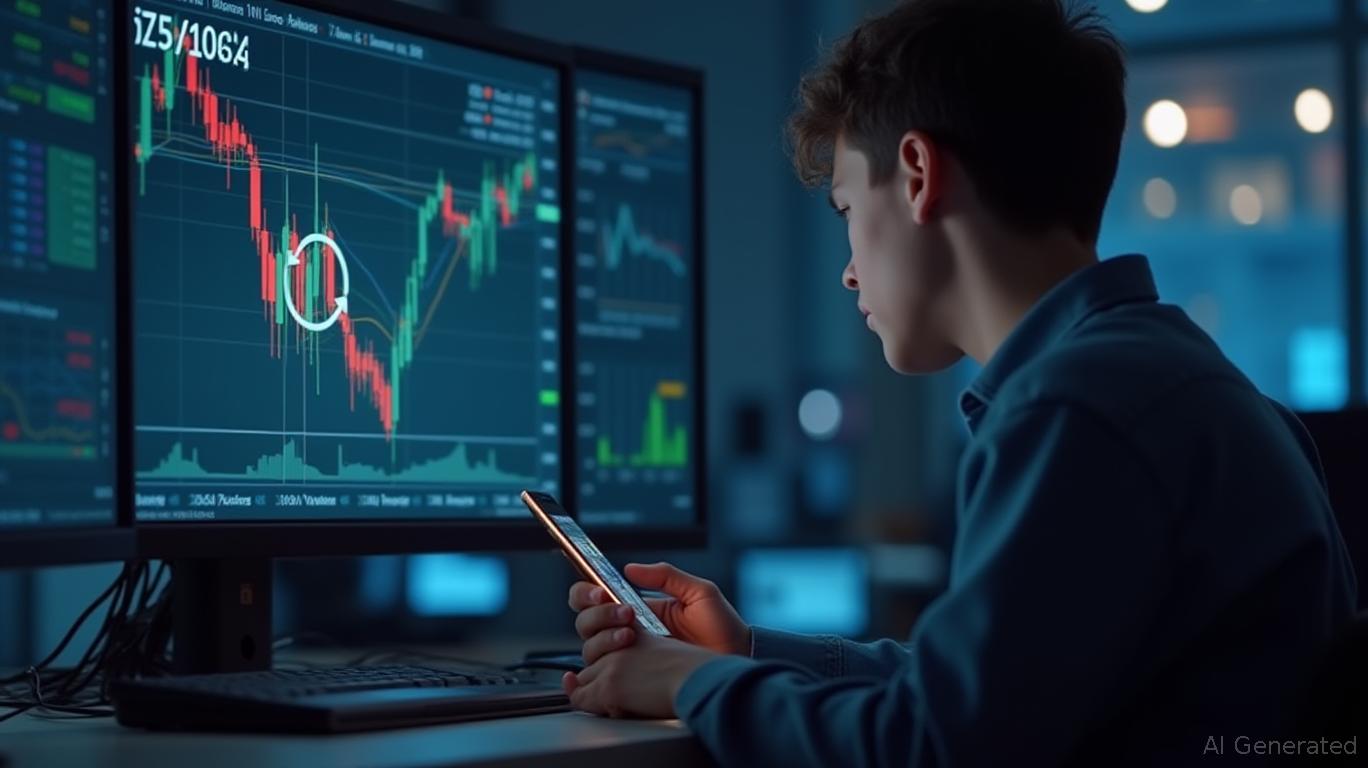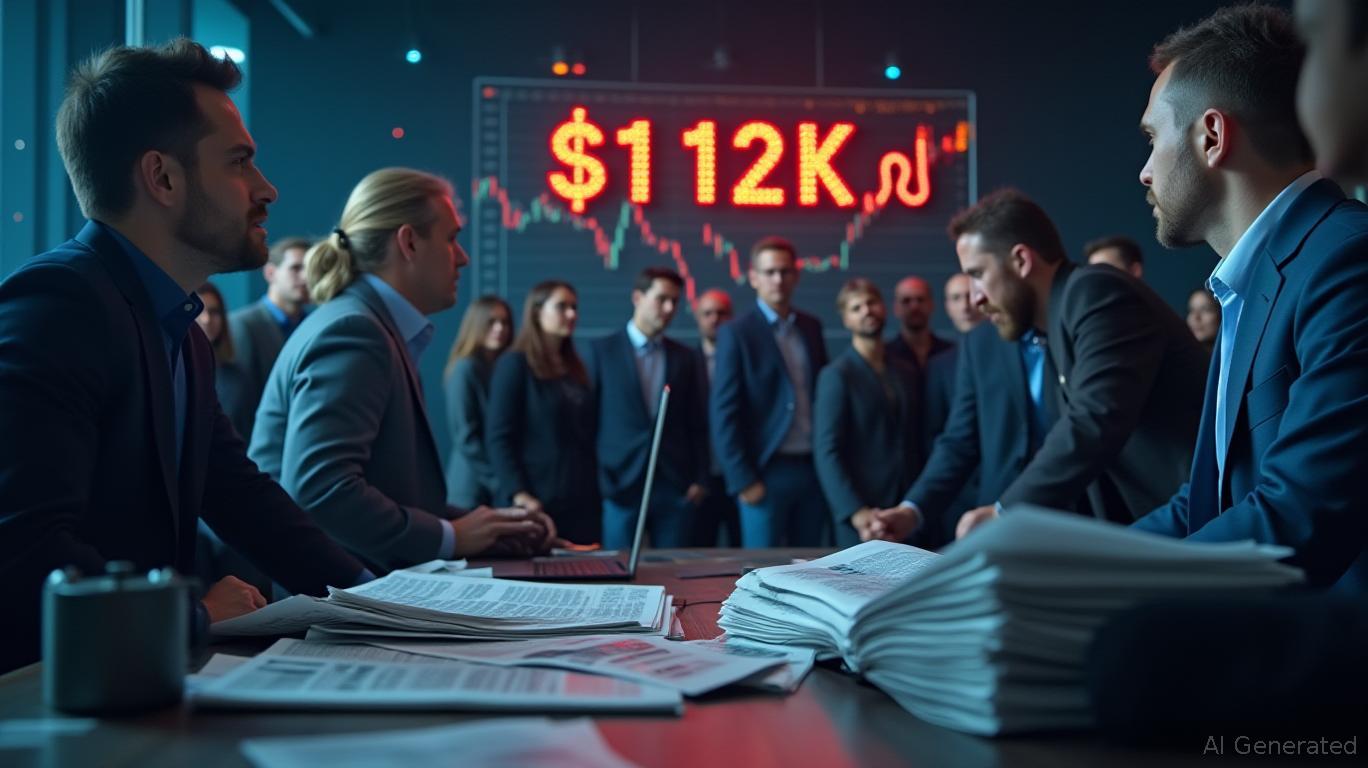Ozekibart's 52% Reduction in Risk Sparks 70% Jump Amid Concerns Over Liver Safety
- Inhibrx Biosciences’ ozekibart showed 52% reduced disease progression risk in chondrosarcoma, driving a 70% post-market stock surge. - Combination trials in colorectal and Ewing sarcoma showed 23%–64% response rates, suggesting broader oncology potential. - Hepatotoxicity concerns led to monitoring strategies, reducing adverse events to 11.8% in ozekibart group. - Company plans 2026 BLA submission; stock surged 63% pre-market after prior 10% decline.
Shares of Inhibrx Biosciences (NASDAQ:INBX) soared by more than 70% in after-hours trading on October 23, 2025, after the company announced encouraging Phase 2 trial data for its investigational cancer therapy ozekibart (INBRX-109) in chondrosarcoma, a rare and aggressive bone malignancy that currently lacks approved systemic treatments, as reported by an
Ozekibart’s safety profile was generally acceptable, though liver toxicity was identified as a significant issue. Early in the study, a fatal liver-related incident led to the adoption of risk mitigation strategies, including excluding patients with advanced liver dysfunction and closely monitoring liver function during the initial treatment cycles. These interventions reduced the rate of treatment-related liver side effects to 11.8% in the ozekibart group versus 4.5% in the placebo group, with most cases being mild or moderate in severity, as detailed in

In addition to chondrosarcoma,
The company intends to file a Biologics License Application (BLA) with the U.S. Food and Drug Administration in the second quarter of 2026, according to Investing.com. Comprehensive data from the ChonDRAgon study will be presented at the Connective Tissue Oncology Society Annual Meeting on November 14, 2025, as noted by Tokenist.
The market responded strongly to the announcement, with
Financially, Inhibrx has a market capitalization near $457 million and maintains strong liquidity, with a current ratio close to 5, according to
INBX shares have climbed 140% year-to-date, reflecting strong investor confidence, though some warn that commercial success will depend on overcoming regulatory challenges and proving long-term effectiveness. With no approved therapies for chondrosarcoma, ozekibart’s potential to be first to market has drawn parallels to other breakthrough drugs in specialized oncology fields, according to Stocktwits.
Disclaimer: The content of this article solely reflects the author's opinion and does not represent the platform in any capacity. This article is not intended to serve as a reference for making investment decisions.
You may also like
Energy, not programming, will ultimately decide the victor in the AI competition
- Schneider Electric CEO [Name] announced a strategic shift to modernize grids and expand renewables, aligning with AI's surging energy demands. - The move responds to global energy competition, contrasting China's coal-renewables hybrid strategy with U.S. infrastructure challenges. - C3.ai's 25.58% stock plunge highlights AI sector fragility from centralized leadership and energy instability risks. - Schneider emphasizes "energy resilience" through modular grids and public-private partnerships to secure A

Speculation Drives PING's Rapid Ascent While Experts Caution About Meme Coin Instability
- PING token surged 17% in an hour after Binance Wallet added it, boosting liquidity and visibility. - x402 protocol's PING token hit $42M market cap, driven by Coinbase's decentralized issuance model and 8,200% volume growth. - Binance's Q3 dominance (35.09% volume) and Trump's pardon of CZ fueled broader crypto optimism, lifting BNB 5%. - Analysts warn PING's 970% 24h gain reflects meme coin volatility, with limited utility and speculative demand. - Regulators monitor crypto's innovation wave, balancing

Bitcoin Updates: The Fate of Bitcoin Uncertain Amid $7.4 Trillion Fed Liquidity and Global Political Instability
- Fed rate cuts could unlock $7.4T in liquidity, pushing funds into Bitcoin and equities by 2026 as short-term yields decline. - U.S.-China trade tensions triggered 19.56% Bitcoin drop in October, though diplomatic talks briefly stabilized prices above $111,000. - BlackRock's IBIT attracted $3.5B inflows this month, reflecting institutional crypto adoption despite $40M+ ETF outflows during volatility. - AI trading platforms like CoinTech2u earned $1.3M during October's crash, highlighting automation's role

Bitcoin News Update: Bitcoin Retreats from $112K Peak Amid Geopolitical Strains and ETF Withdrawals Despite Fed Optimism
- Bitcoin hit $112,000 on October 21, 2025, driven by Fed payment system optimism and macroeconomic hopes (Benzinga report). - Price fell below $110,000 amid U.S.-China trade tensions and ETF outflows, highlighting crypto's sensitivity to geopolitics and central bank policies. - ETF outflows reached $40.47M for Bitcoin and $145.68M for Ethereum (CoinPedia), reflecting investor rebalancing amid economic uncertainty. - Analysts linked volatility to U.S.-China tensions, Fed policy, and Trump's tariff threats,
